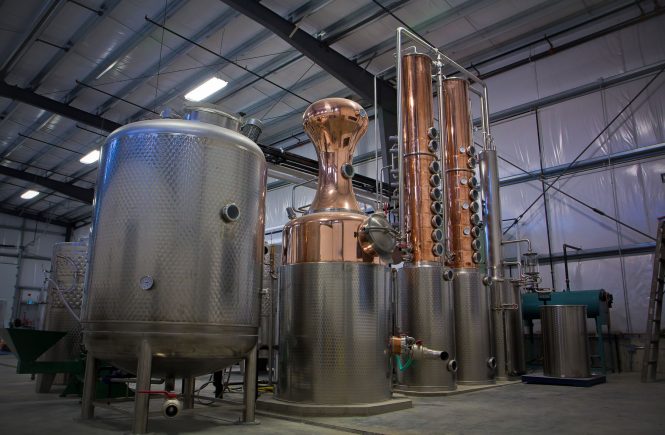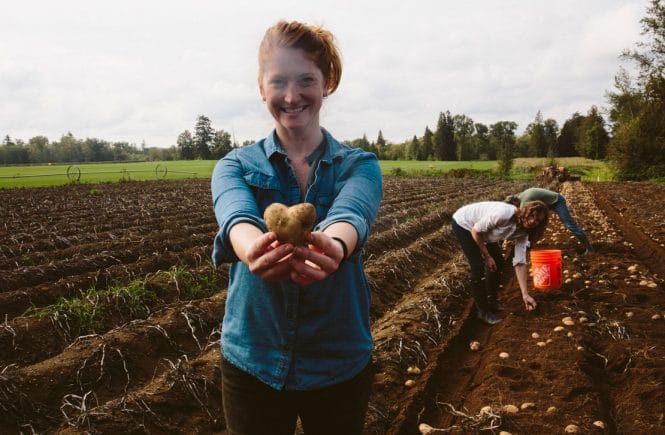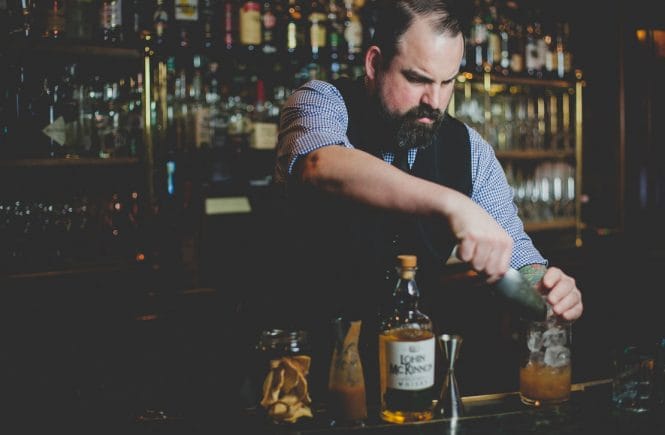Experience the magic of Islay, one Scotch at a time

The romantic Isle of Islay in Scotland’s southern Hebrides is best known for its moors, treacherous weather, high seas, early Viking settlements—and, yes, its whisky. For, buried within that dramatic landscape, exists rich soil redolent with peat, and a water supply heavy with briny minerals. No wonder, then, that Islay is home to some of the finest and most distinctive single malts in the world, among them, Ardbeg, Laphroaig and Lagavulin.
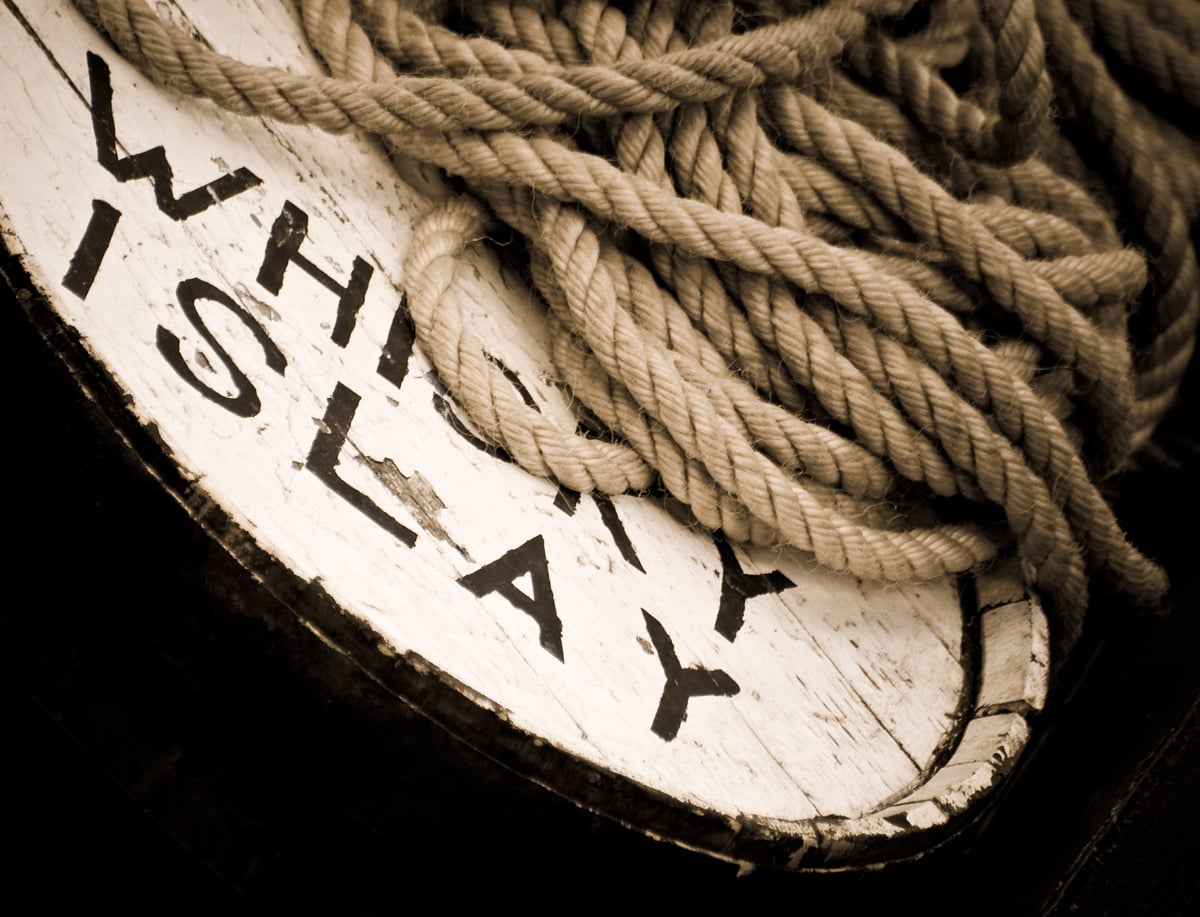
The unique style and character of Islay’s complex, smoky Scotch attracts aficionados from far and wide, keen to visit the island’s eight distilleries. They come to understand the true meaning of the Gaelic uisge beatha (“water of life”) firsthand.
After a quick and blustery flight from Glasgow to Islay, on our way to tour the island’s famous distilleries, we sported coffee-stained shirts and wide eyes. The air turbulence underscored Islay’s remote location and added an incredible roller-coaster-like excitement to the journey. Soiled clothing notwithstanding, we felt we had traversed a rite of passage in order to reach this far-flung and magical place.
Islay represents the alpha and omega of smoked-out spirits, the specialized style originating from the peat bogs—an ancient collection of decayed heather, plants and fungi that nurture the land. Discovering the process of making these unique single malts, connects Islay—and its ancient industry—indelibly with its people.
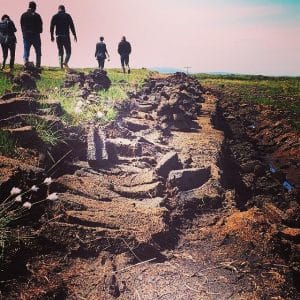
We had the opportunity to discuss this deep connection between the Ileach community and their land at a local wedding. Not only did every man, woman and child from hither and yon attend the nuptials—Islay’s population is roughly 3,000 (plus 6,000 sheep)—but some of the more sincere and significant conversations I had about whisky during my visit happened here. Teenagers discussed the generations of their families who have been working in Scotch-related industries. Here, the “water of life” is as cherished as the stories that accompany it.
On Islay, no two distilleries are the same. Whether it’s the shape of the stills, the water source, or the amount of time the barley spends in a cloud of peat smoke, each expression of whisky here is unique. In the southern Port Ellen area alone, the three 19th century Kildalton Distilleries—Laphroaig, Ardbeg and Lagavulin—although geographically similar, couldn’t be more different.
Laphroaig uses heavily peated water from the Kilbride River for its production, along with peat bricks culled from their own bogs on the Glenmachrie Peat Moss. The whisky is cold peat-smoked, and never chill-filtered.
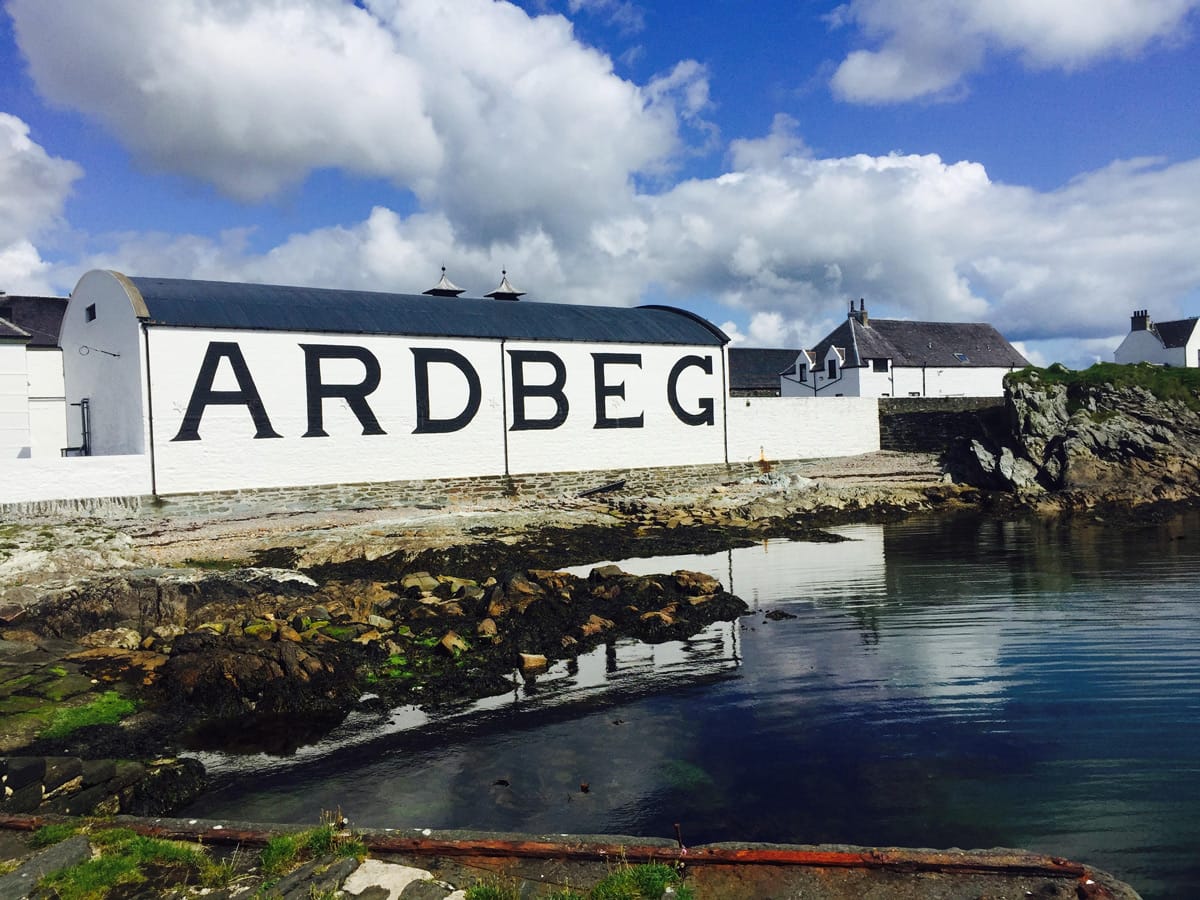
Ardbeg’s lifeline has been a storied affair: epic highs and foreclosure, acquisition, demolition and rebirth. Using the most heavily peated malt than any other Scotch distiller, their “peatiest of all the peats” moniker is worn with pride.
Over at Lagavulin, the dry, round and softly-peated whisky is the result of a particularly long distillation cycle. Their 16-year-old Lagavulin—their quintessential expression—is championed by collectors and drinkers alike.
On a still day, you can hear the floor maltings and barley flicking at Laphroaig, the chimneys of Ardbeg and the smashing waves at Lagavulin. On a clear day, Ireland seems to be within arm’s reach at just 50 kilometres across the water, but, as the rolling thick fog approaches, the
horizon is quickly swept away.
There’s plenty to do on Islay even if the whisky industry isn’t your focus, but carrying a wee flask from which to enjoy a dram or two of the local Scotch can surely only enhance a stroll through the picturesque landscape, a game of golf, or a visit to the Islay Woolen Mill to hear stories of the kilts made for Mel Gibson’s Braveheart.
And any visit should include a walk through one of the island’s graveyards and churches. Here, surrounded by the energy of all those who have gone before, you can almost hear the land trying to whisper its ancient tales into your ear.
CHIPS AHOY: If I had to describe each of the three Kildalton whiskies as chip flavours (and why not?) Laphroaig would be the Dill Pickle, Ardbeg, the Sour Cream & Bacon, and Lagavulin, the Smoky BBQ. Pair a dram with its respective chip and you’ll see. —LM
—by Lauren Mote


